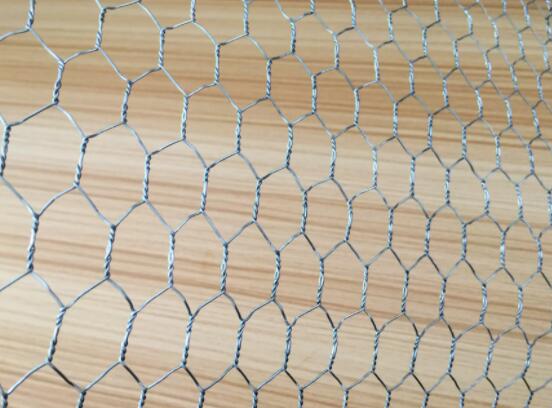Understanding Welded Wire Mesh Size Charts
Welded wire mesh, commonly utilized in construction, agriculture, and industrial applications, is a versatile material known for its strength and durability. The unique structure of welded wire mesh consists of wire strands that are welded together at intersections to form a grid pattern. Its design is not just functional; it’s essential that users understand the various sizes available, as this can significantly affect the performance and suitability of the mesh for specific projects. In this article, we will explore the concept of welded wire mesh size charts, their importance, and how to interpret them for effective use.
The Basics of Welded Wire Mesh
Welded wire mesh comes in numerous configurations, primarily distinguished by the diameter of the wire, the spacing between the wires, and the overall dimensions of the mesh sheets. These factors contribute to the mesh’s strength, weight capacity, and application suitability. For instance, a heavier wire diameter combined with closer spacing can support heavier loads and offers greater resistance to vandalism and weathering.
Significance of Size Charts
Size charts serve as critical guides in selecting the appropriate welded wire mesh for specific applications. They provide comprehensive information on various mesh sizes, including wire diameter, opening size, sheet dimensions, and load-bearing capabilities. By consulting a size chart, engineers, contractors, and DIY enthusiasts can ensure they choose the right type of mesh to meet the demands of their project, avoiding potential structural failures or inadequate performance.
Key Components of Welded Wire Mesh Size Charts
1. Wire Diameter This measurement indicates the thickness of the wire used in the mesh. Common diameters range from 1.0 mm to 6.0 mm or more. The choice of wire diameter often depends on the application. For instance, heavier diameters are preferable for applications requiring high load capacity, while thinner wires may be suitable for lightweight barriers or decorative purposes.
2. Opening Size This refers to the distance between the centers of adjacent wires. It can vary according to application requirements. Smaller openings are ideal for preventing small animals from passing through, whereas larger openings can be appropriate for applications such as fencing for livestock, where security and visibility are priorities.
3. Sheet Dimensions Size charts typically provide standard dimensions of welded wire mesh sheets, which can vary widely from small panels of 2x4 feet to larger sections measuring up to 6x12 feet or more. The chosen dimensions will depend on the scale of the project and the specific needs for the installation.
weld mesh size chart

4. Load Capacity Different sizes of welded wire mesh can bear different amounts of weight. Charts often include information about the maximum load capacity, which is crucial for structural applications such as flooring supports, reinforcement in concrete, and safety barriers.
How to Use Welded Wire Mesh Size Charts
Using a size chart effectively requires understanding the specific requirements of your project. Consider the following steps
1. Identify Your Needs Determine what the mesh will be used for—be it fencing, reinforcement, or an agricultural application.
2. Consult the Size Chart With a clear understanding of your requirements, refer to a welded wire mesh size chart. Identify the necessary wire diameter and mesh opening size that align with your project’s demands.
3. Evaluate Load Requirements Ensure the selected mesh can handle the anticipated loads. Look for specifications on load capacity and choose accordingly to avoid potential safety hazards.
4. Select Dimensions Choose the appropriate sheet dimensions based on your installation area. If standard sizes do not fit, consider custom fabrication options.
Conclusion
Welded wire mesh is a reliable material, but its effectiveness largely depends on choosing the right size and configuration. Understanding size charts is essential for ensuring safety, durability, and performance in various applications. By familiarizing ourselves with the components and how to apply this knowledge, we can make informed decisions and successfully utilize welded wire mesh in our projects, whether they are large-scale constructions or simple DIY installations.

















